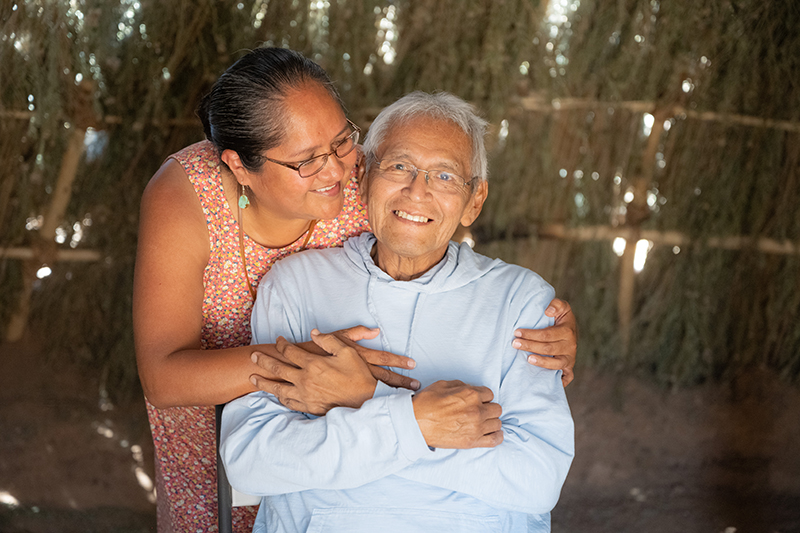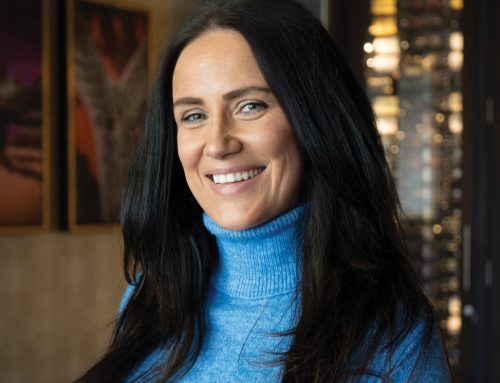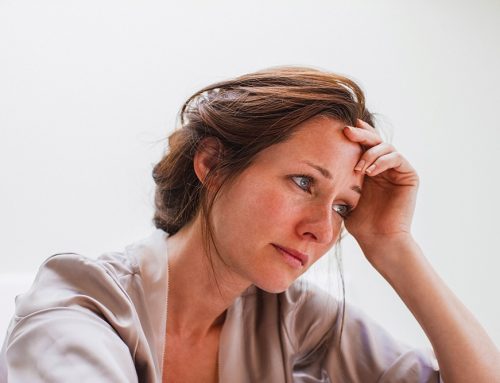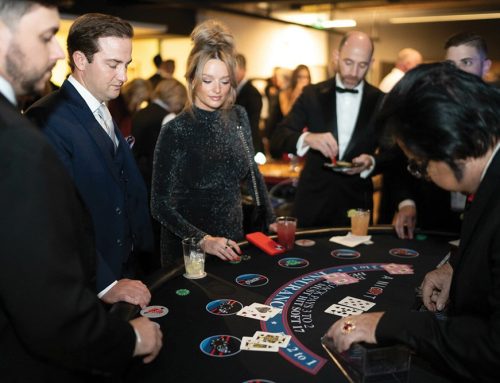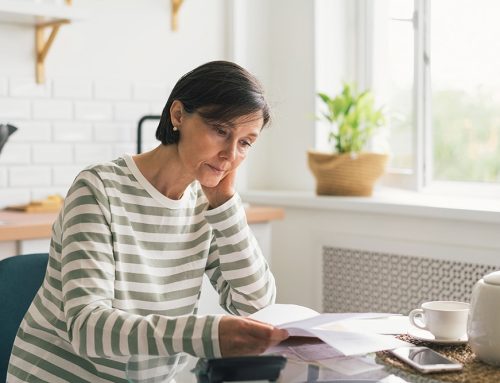By Lin Sue Cooney
When you arrive at Royce Manuel’s home on the Salt River Reservation near Scottsdale, the first thing you notice is the hundreds of colorful ribbons tied around several willow staffs lining his front yard. Each one tied by a visitor who cares about Royce — a vibrant display of how deeply this Hospice of the Valley patient, a lifelong cultural educator, is revered by the community.
The 68-year-old dedicated his life to saving other lives — as a CPR instructor for 30-plus years and as a member of the Salt River Fire Department for more than two decades. Diagnosed with Stage 4 pancreatic cancer in January, Royce is fully aware that while he cannot save his own life, he is in control of how he walks his final journey.
He will spend it in the house he has lived in since 1979 — filled with Native American books, art and artifacts — beside his devoted wife, Navajo community leader Debbie Nez-Manuel, and their blended family.
And every moment he has left will be spent teaching Native American youth about their heritage and, specifically, his Akimel O’odham culture. “I’m a traditionalist,” Royce says, as he stoops ever so slightly to enter the authentic olas-ki (roundhouse) rising out of the ground in his backyard. This is his place to sit, reflect and meditate. And when the time comes, his body will lie in repose here as tradition dictates, before being laid to rest.
On this spring morning, Royce has invited his Hospice of the Valley care team to learn more about his end-of-life wishes. We meet his spiritual guide, whose gentle eyes and friendly smile somehow fill us all with a sense of peace. We follow Royce into his newly built roundhouse — astonished and honored to enter such a sacred room. Stepping inside, we make room for those behind: Dr. Shelly Myers, nurse Carolyn Adams and social worker Julian Garza.
Like Julian, Royce’s hospice nurse and doctor feel humbled to share this rare and intimate space. “I’ve never stood in a structure like this before. This is amazing and something I’ll always remember,” Dr. Myers whispers.
“Culturally sensitive care is a key foundation for us. In the seven years I’ve been coming to the reservation, I’ve had opportunities to add to my understanding of tribal ways,” she says. “Entering each home gives me a little piece of history and another piece of understanding to take with me to the next home. Every visit, I’m appreciative for the lessons I get to learn.”
Lessons that help Dr. Myers carry out a mission of comfort, compassion and — especially important to Royce — dignity. “We meet every patient right where they are, and we journey forward with them, with no agenda, other than to honor what they need.”
Nurse Adams agrees. “For me, it’s being culturally sensitive to the name they want to go by, which is not necessarily their given tribal name. Asking questions, taking time to listen to meaningful stories. Fulfilling goals they set for themselves and respecting what’s important to their family.”
Debbie is grateful for it all. “The only way this was going to work is if we had Royce home and we had an opportunity to really honor his sense of spirituality. With Hospice of the Valley, we get to experience that. We all have the same mindset. That’s really important to people who are tribal, people who are indigenous to Arizona,” she says.
“The fact that we can have our spiritual guide here to keep Royce centered and peaceful, the fact that we are meeting in a roundhouse and not in a square room — it means the world to us.”
Lin Sue Cooney is director of community engagement for Hospice of the Valley. For information on program and services, call (602) 530-6900 or visit hov.org.

